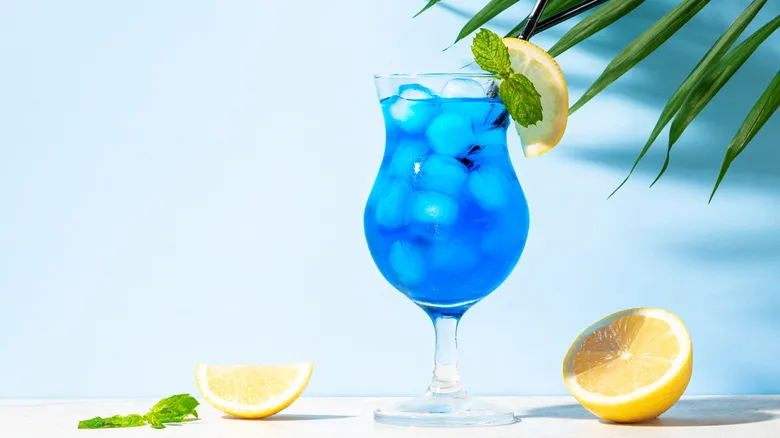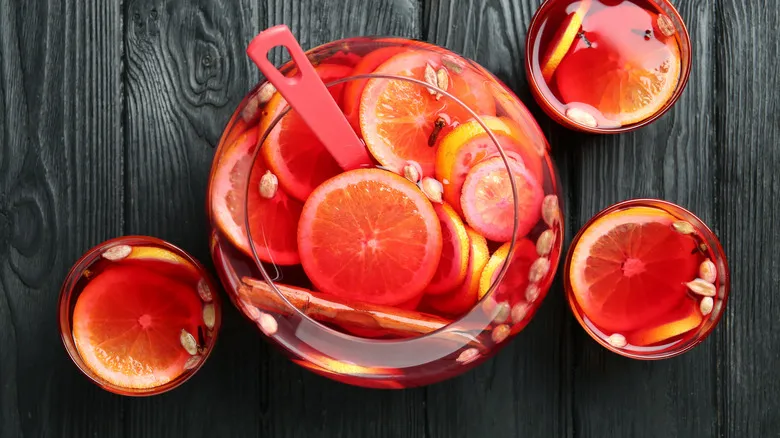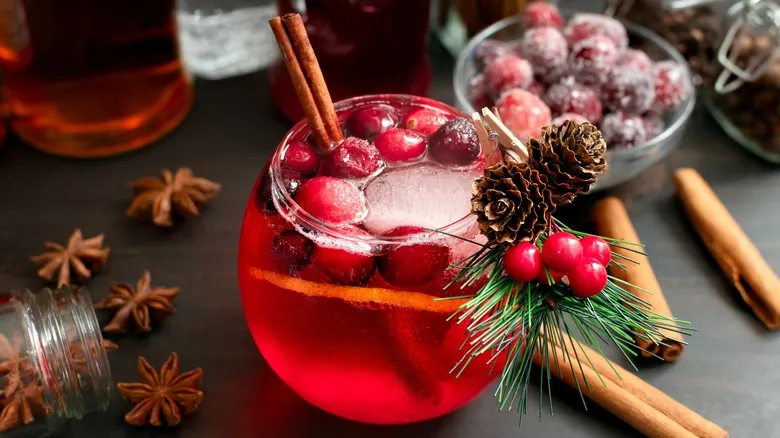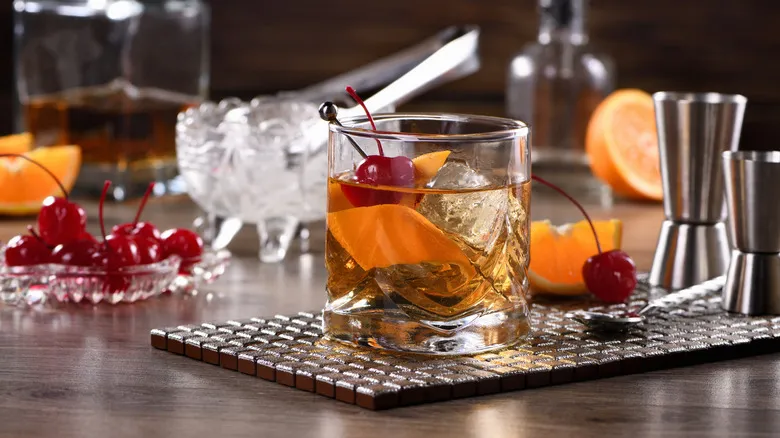So why is it blue?

Unsurprisingly, blue curaçao doesn't achieve its vibrant hue naturally; after the distillation process, this orange liqueur is initially clear. The blue color is derived from a synthetic dye known as Brilliant Blue FCF. Although it is made using petroleum products, it is deemed safe by the FDA and food authorities in the European Union. While it was once banned in certain European nations, those restrictions have since been lifted, as it has been found that the dye (also referred to as Blue No. 1) simply passes through the body without causing harm or being absorbed. This coloring is also commonly found in candies.
Since the liqueur hails from Curaçao, its producer, Senior & Co, suggests that the blue hue is intended to evoke the blue skies or seas typical of that tropical resort island. However, the company also acknowledges that the original intent behind the blue color was likely to create an eye-catching cocktail. (Some less generous sources have claimed that the blue is merely a gimmick, prioritizing style over substance.)
Blue is not the only type of curaçao available; if you prefer your cocktails without that striking azure tint, there is also a clear curaçao, produced in the same manner but considered slightly more bitter. Additionally, there are red and green varieties that have been around just as long as the blue version. While they offer the same flavor profile, they are less popular and more difficult to find than their blue counterpart.
Recommended

How Many Gallons Of Punch Should You Make For A Party?

Add Leftover Cranberry Sauce To Bourbon For The Ultimate Post-Thanksgiving Cocktail

Wolfgang Puck's Favorite Cocktail Is A Classic Concoction

2 Expert-Approved Tricks For Improving Your Old Fashioned Without Breaking The Bank
Next up

